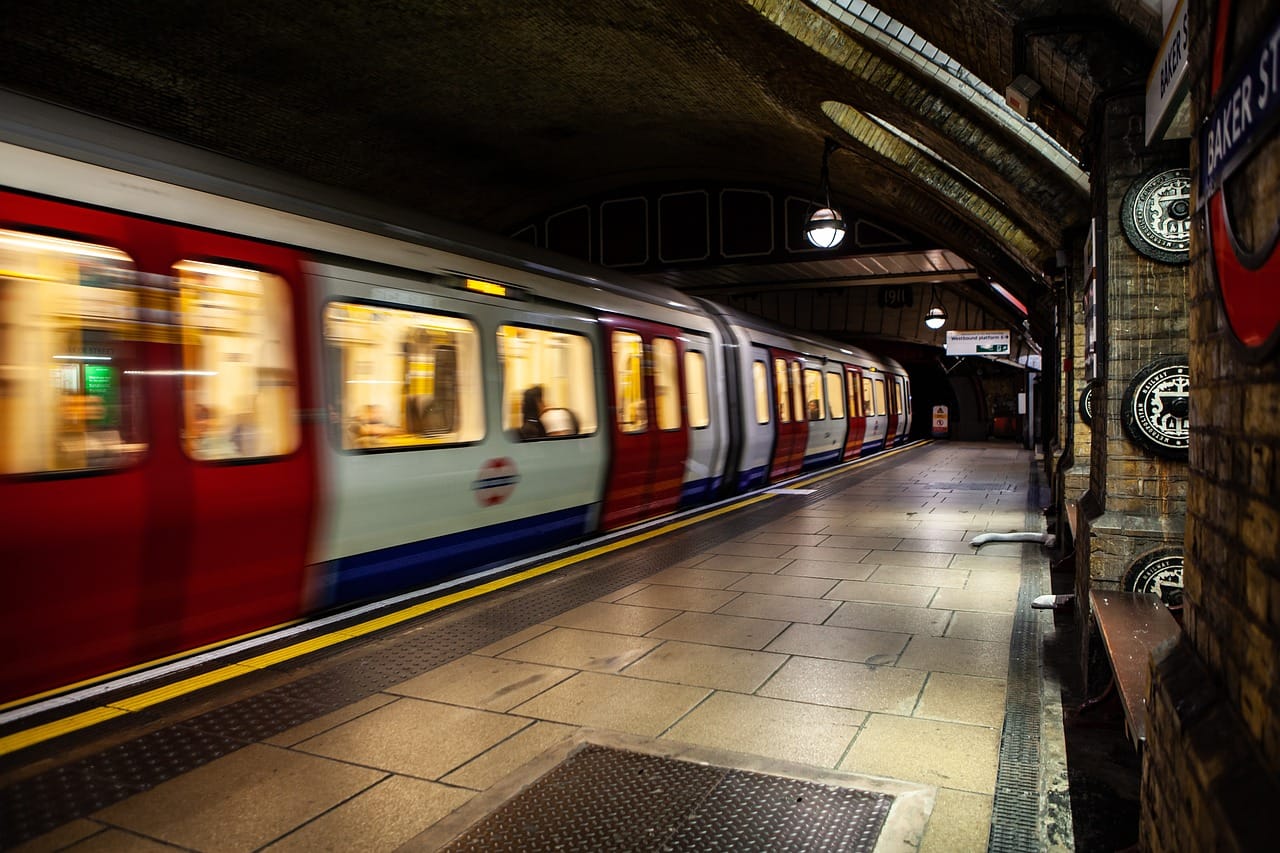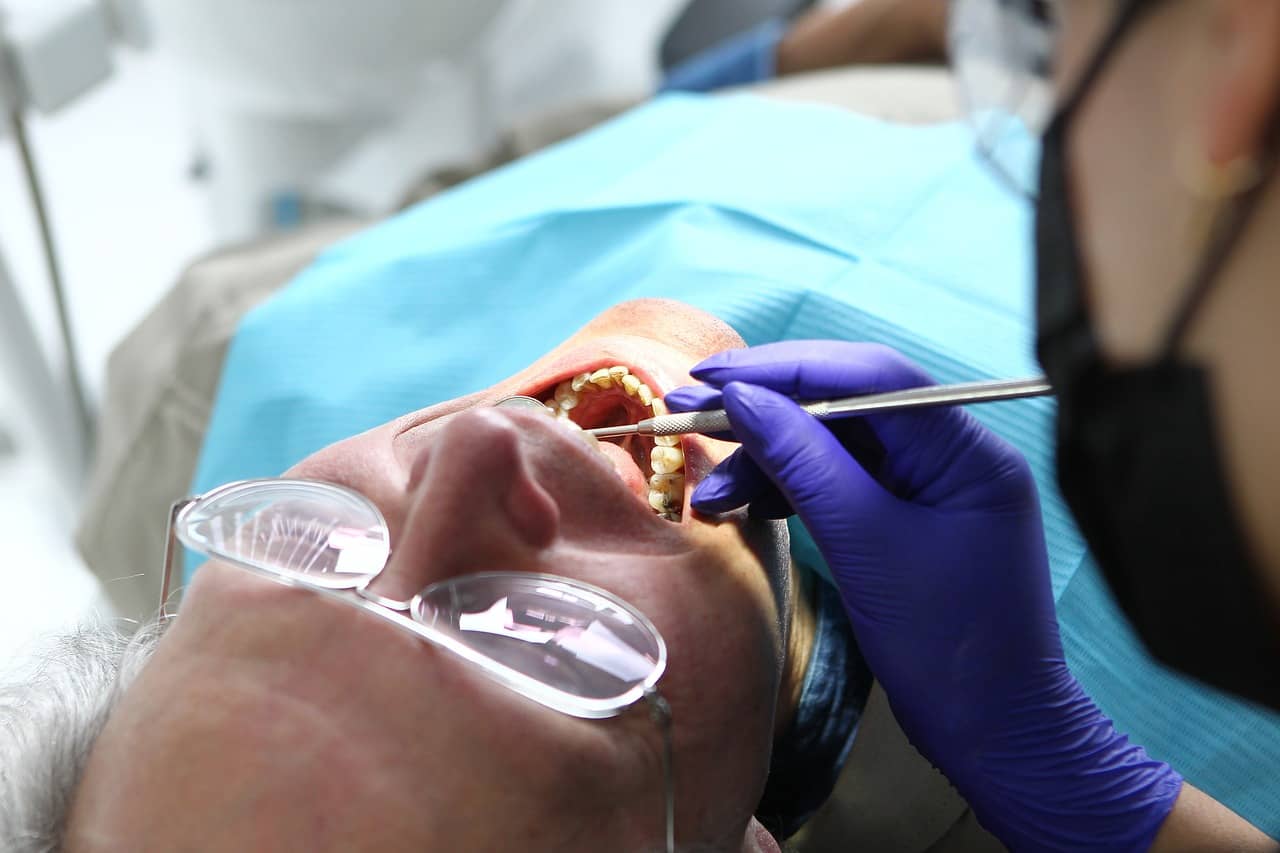Tram and underground systems are vital for transportation in many UK cities, offering convenient and efficient travel for millions of passengers each year. However, like any mode of transport, safety is paramount. This article delves into the complexities of tram and underground safety in the UK, examining the issues, regulations, and ongoing efforts to ensure the well-being of passengers and staff alike. We will also highlight how you can start a personal injury claim.
Understanding the Safety Landscape
Safety in tram and underground systems encompasses a wide range of factors, from the design and maintenance of infrastructure to the training of staff and the implementation of emergency procedures. The UK has a robust regulatory framework in place to govern these aspects, with the Light Rail Safety and Standards Board (LRSSB) playing a key role in setting and enforcing safety standards for tram systems. The Office of Rail and Road (ORR) is responsible for overseeing safety on the London Underground and other heavy rail networks.
Despite these regulations, accidents and incidents can still occur. Common risks include derailments, collisions, platform-edge incidents, and passenger falls. The causes of these incidents can be varied, ranging from human error and equipment failure to external factors such as adverse weather conditions or track obstructions.
Safety Challenges and Mitigation Efforts
One of the key challenges in tram and underground safety is the constant need to balance efficiency and capacity with safety considerations. As passenger numbers grow and systems expand, maintaining a high level of safety can become increasingly complex. To address this, operators and regulators are continually investing in new technologies and approaches to enhance safety.
Some of the key mitigation efforts include:
- Improved infrastructure: Upgrading tracks, signals, and platforms to reduce the risk of derailments and collisions.
- Enhanced staff training: Providing comprehensive training to drivers, station staff, and control room operators to ensure they can respond effectively to emergencies and maintain safe operations.
- Advanced safety systems: Implementing technologies such as Automatic Train Protection (ATP) and Positive Train Control (PTC) to prevent overspeeding and collisions.
- Passenger awareness campaigns: Educating passengers about safe behaviour on trams and in underground stations to minimise the risk of falls and other incidents.
The Role of Technology
Technology is playing an increasingly important role in enhancing tram and underground safety. For example, the use of CCTV cameras and real-time monitoring systems allows operators to detect and respond to incidents quickly, while data analytics can help identify potential safety risks before they lead to accidents.
Safety on the London Underground
The London Underground, one of the oldest and busiest underground systems in the world, faces unique safety challenges due to its age and complexity. However, Transport for London (TfL) has made significant investments in safety over the years, including the introduction of new trains with enhanced safety features, the installation of platform-edge doors at some stations, and the implementation of a comprehensive fire safety strategy.
The Future of Tram and Underground Safety
As technology continues to advance, we can expect to see further innovations in tram and underground safety. The use of artificial intelligence (AI) and machine learning could potentially revolutionise safety by enabling predictive maintenance, real-time risk assessment, and even autonomous operation of trams and trains.
In conclusion, tram and underground safety in the UK is a complex and evolving landscape. While the regulatory framework and ongoing mitigation efforts have made significant strides in improving safety, challenges remain. By embracing new technologies, investing in infrastructure and staff training, and learning from past incidents, we can strive to ensure that tram and underground systems remain safe and reliable modes of transport for generations to come.
Making a Personal Injury Claim with National Claims
At National Claims, we understand that accidents on trams or the underground can be traumatic and have lasting consequences. If you have been injured in such an incident, you may be entitled to compensation.
Our team can guide you through the claims process, connecting you with specialist solicitors who can help you secure the compensation you deserve. We offer a free, no-obligation consultation to assess your case and advise you on the best course of action. Contact National Claims today to learn more about how we can assist you in seeking justice and compensation for your injuries.
*Customers pay up to 25% (incl. VAT) of the amount recovered towards solicitor costs and if you cancel outside your cooling off period, you may be charged a fee.
Contact us today to speak to one of our claims agents who will be able to help you get started on your claim.
Click below to see why we are one of the most trusted claims management companies in the UK.

We’re proud of our excellent customer reviews
We thrive on delivering exceptional service and ensuring our clients’ satisfaction. Don’t just take our word for it. Check out some of our independent reviews to see what our clients have to say.
Excellent

This firm is excellent, they sorted out my car pay out and injury claim very fast, they always communicate with you all the time.

My accident case was dealt with confidence and with great result of the outcome, especially James kept me informed all the time.

I was very impressed at the way my inquiry was treated. I was listened to attentively and everything I needed to know was explained to me.






